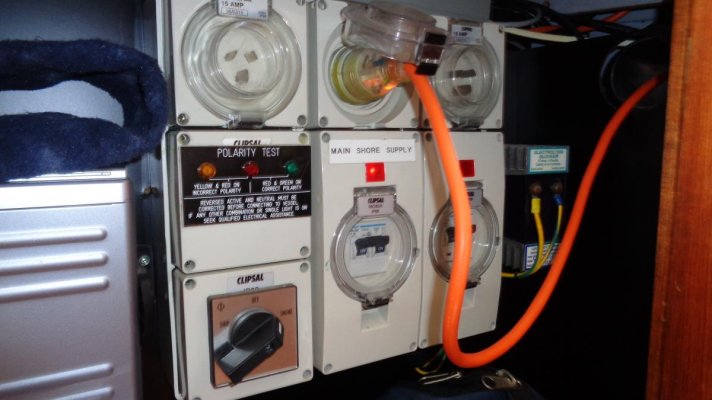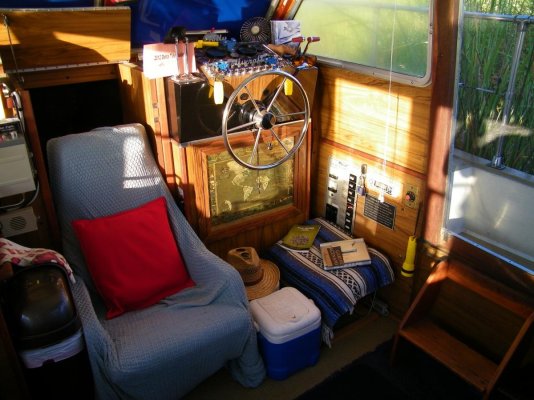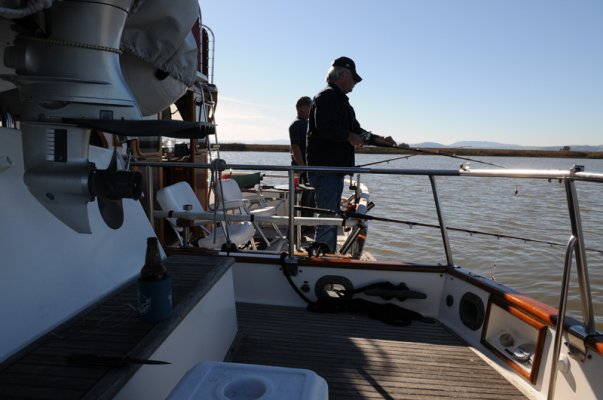Hate it when there are only two outlets for every two berths and one boat is using both plugs!................
That's when it's time for the marina management to step in. You're paying for electricity so they must provide a way for you to get it. They, not you, should unplug one of the cords from the other boat.
One of my slip neighbors arrived at his boat one day to find his power cord unplugged and another boats cord plugged in to where his had been. The guy on the other boat said something like "I hope you don't mind, I unplugged your boat." Well, with his food thawing out and his AC not running, my slip neighbor said "Hell yes, I do mind!" as he yanked the other guy's cord out and reconnected his. I'm a bit surprised that's all he did.









